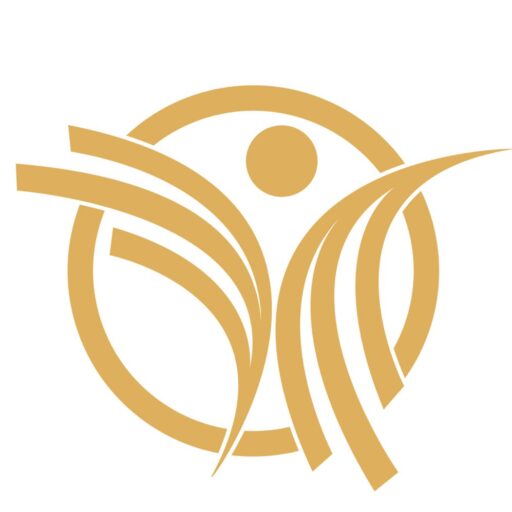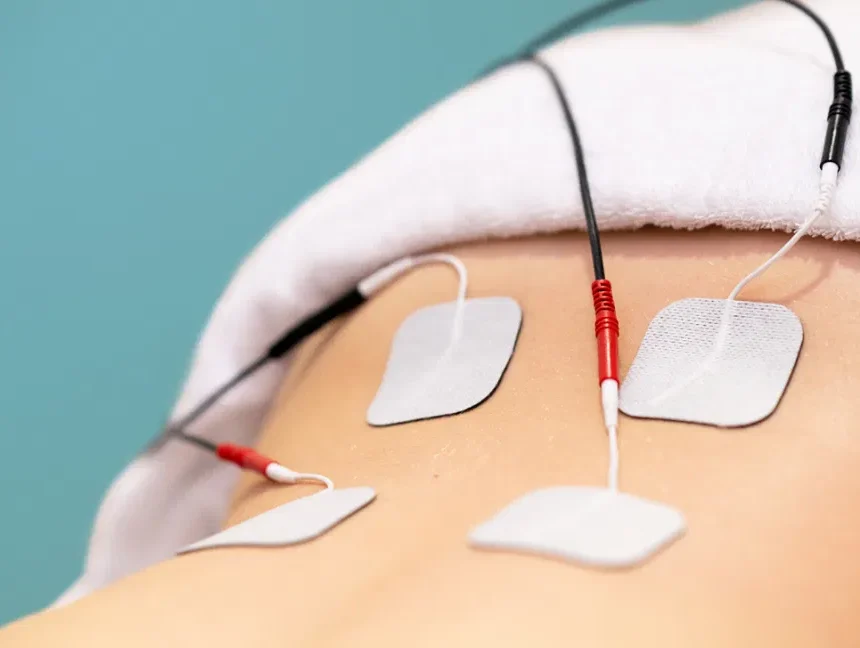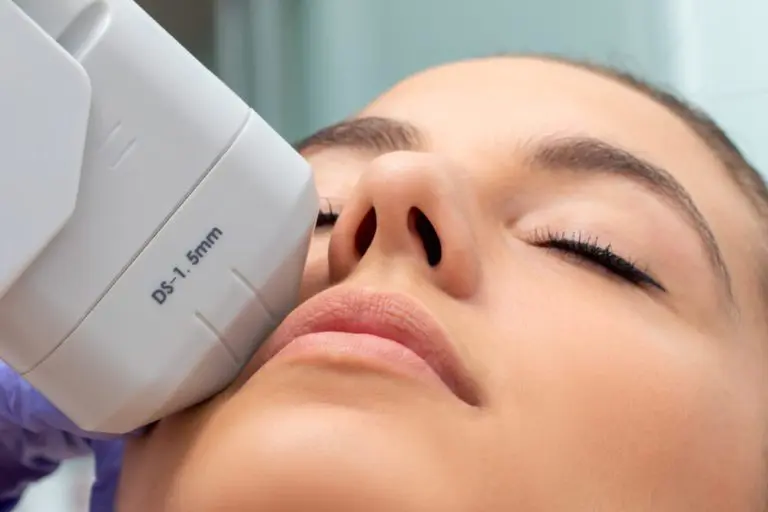Wound Stitching Services
Get to know about the critical service of wound stitching, including the latest techniques, benefits, and what to expect during recovery. Ensure the best care for wound management and healing through Rama Care.
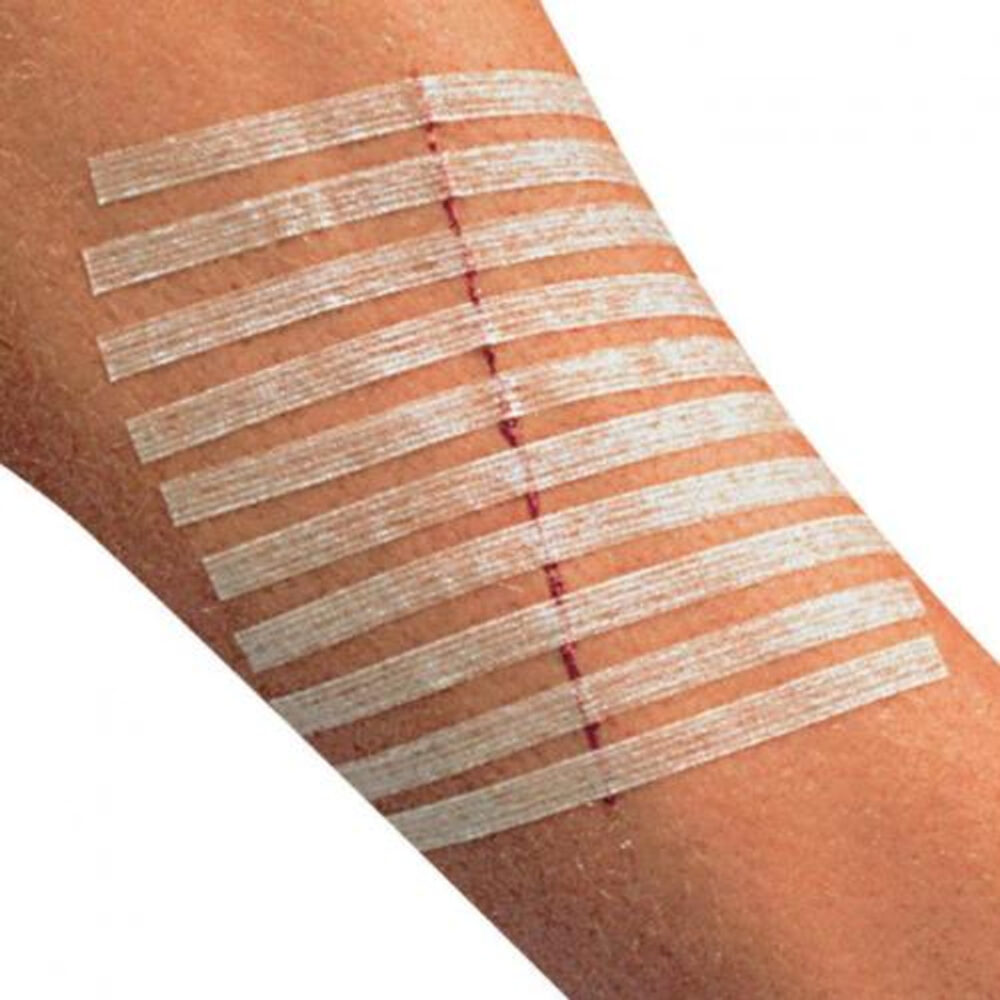
Different Types of Wounds That Would Require Stitches
Stitches are a common method for closing wounds and promoting optimal healing. Not all wounds require stitches, but certain types typically do to ensure proper healing and minimize scarring.
These include:
- Deep Cuts: Injuries that take a quarter of an inch or more to sew up, injuries that extend to the muscles or bones, and the lateral margins are not able to come together on their own.
- Jagged or Uneven Edges: Wounded skin with rough edges does not have the ability to heal so well and sometimes it has to be sutured so that the edges meet well for proper healing to take place.
- Wounds on Joints or High-Stress Areas: When it occurs in areas that fold like the knee or elbow it may be required that you stitch the wound because any movement will cause it to reopen.
- Wounds that Continue to Bleed: If one was bleeding after placing direct pressure on it for at least 15 minutes, then it requires stitches with a view of stopping the process and closure of the wound.
- Large Lacerations: When the incision is deep and the wound is bloody, one would require stitches to ensure that the hole is well closed and minimal chances of getting infected.
We provide All types of General Physician
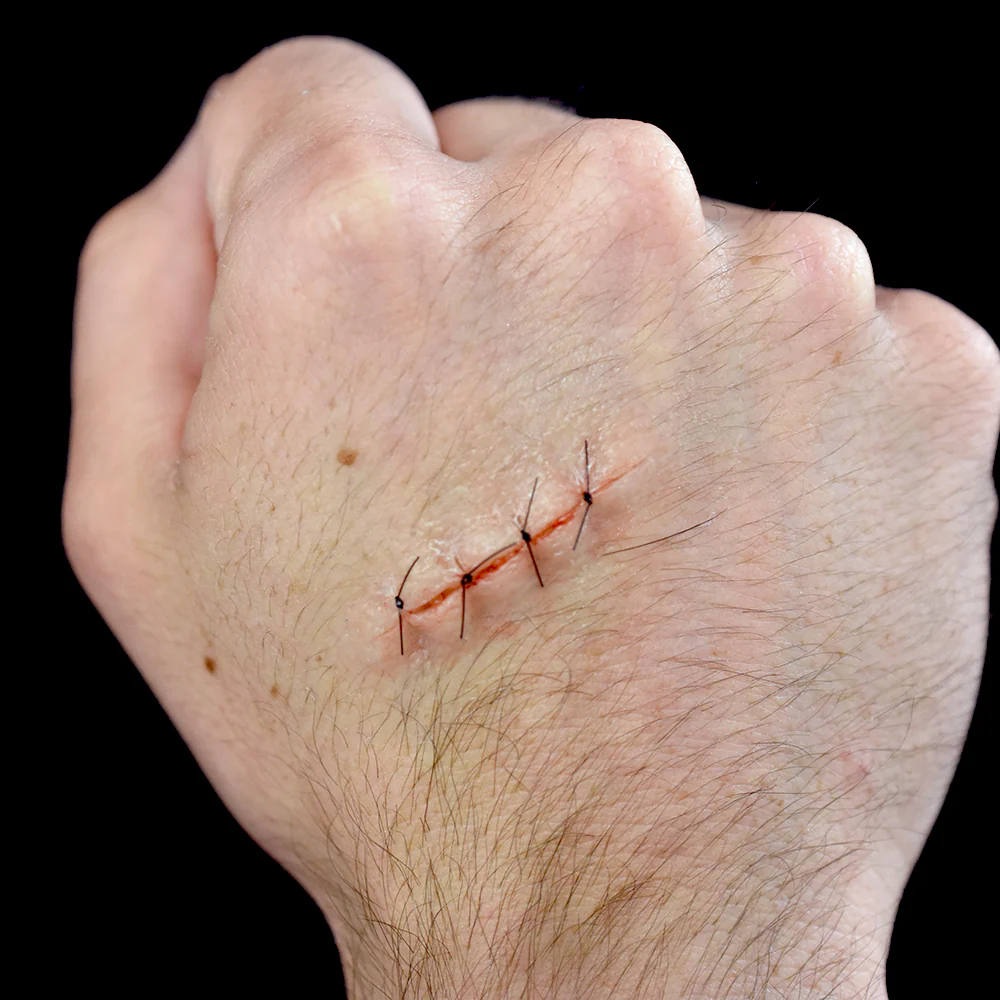
Different Stitching Techniques
At Rama Care, different stitching methods are used based on given factors that may include the type and position of the wound.
The primary techniques include:
- Simple Interrupted Sutures: The stitching technique in which separate stitches are sown across the cut is the most frequently used one. A total of seven sutures will be needed in the wound with this method which permits tension to be properly adjusted on each stitch and is suitable for most small clean incisions.
- Continuous Sutures: In which one piece of thread is run in and out repeatedly of the wound area. Interrupted sutures take a lot of time and are usually used for long, straight lacerations of muscles.
- Mattress Sutures: Applicable on a wound that is under tension where wound edges have to be approximated closely. This technique also holds advantages in the treatment of deeper manifestations of a wound.
- Subcuticular Sutures: These are used for beautification, especially on the face or other areas that do not require much scarring. This suture is positioned subcuticularly and, therefore, stigmata are barely noticeable.
Make An Appointment
The procedure of Wound Stitching
Getting rid of tattoos using lasers is the most popular way because it has more advantages than other methods.
Wound Assessment and Cleaning:
First, the wound is examined and evaluated by a medical professional with the help of basic diagnostic tools or without them. It is then rinsed well to make sure that it is free from debris and or bacteria to prevent cases of infection.
Anesthesia
Local anesthesia is then used to paralyze the nerves around the skin that have been affected by the wound thus making the process painless.
Stitching the Wound
In regard to the type and area of the wound, one or the other of the above-described suture methods is applied for the wound’s closure
Dressing and Bandaging:
Later the wound is dressed using a sterile gauze for purposes of cleanliness and protection of the wound from infection.
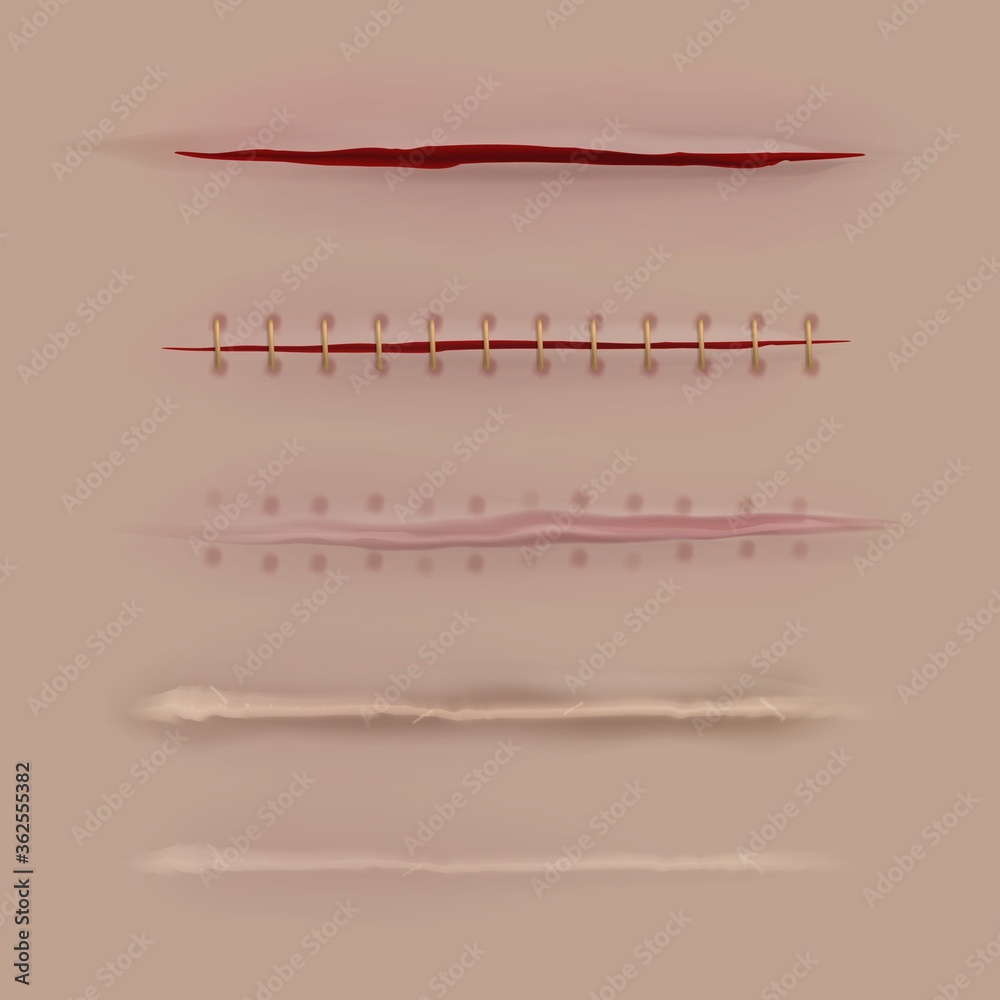
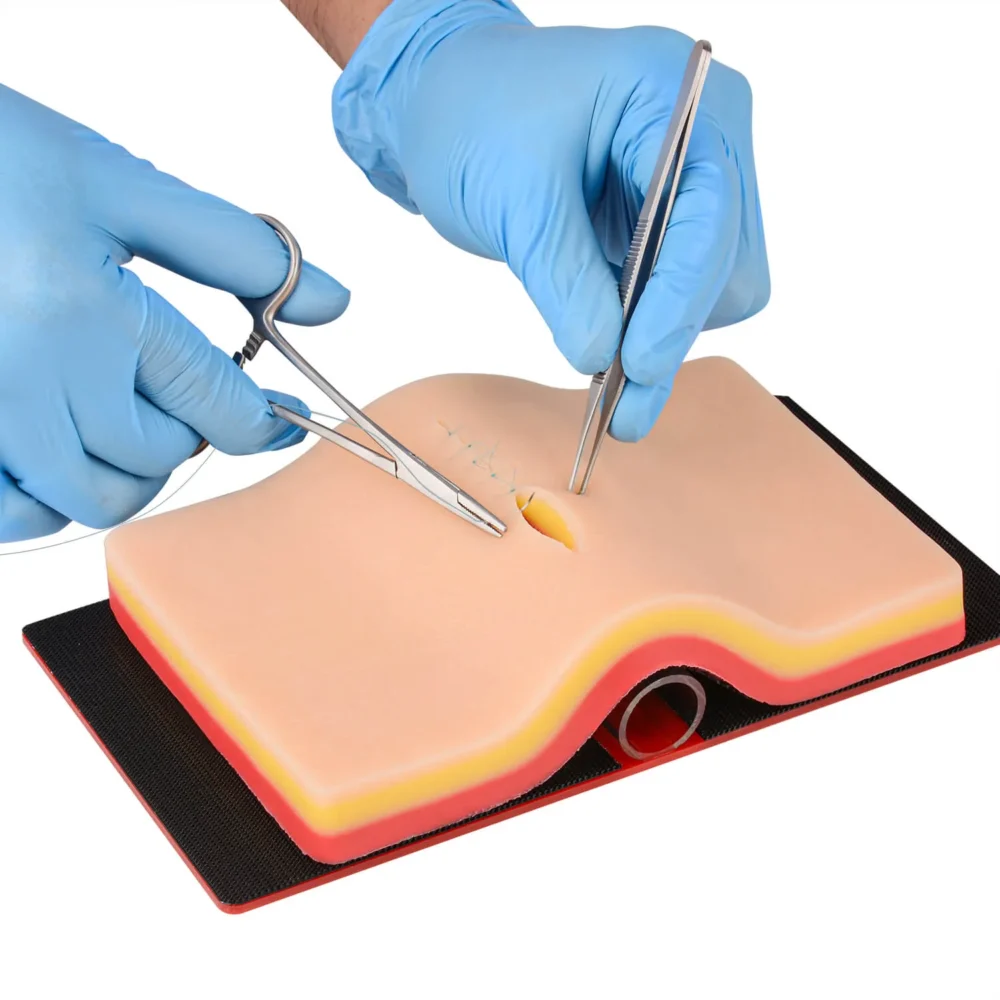
How Should Recovery and Care Be Done?
Wound stitching post-procedure care remains vital when it comes to the method of healing and recovery after the procedure.
Rama Care recommends the following care guidelines:
- Keep the Wound Clean and Dry: Patients should avoid getting the wound wet and should avoid bathing for the next 24 to 48 hours after suturing. Following this period the wound can be washed with soap and water in a clean manner.
- Change Dressings Regularly: Cloths should be changed daily or as soon as they get soaked or dusty, as the case may be. This reduces cases of infection and in general, maintains the hygiene of the wound site.
- Watch for Signs of Infection: There are signs that may indicate infection and they include redness, swelling, heat, or pain around the affected area or pus from the affected area. The following symptoms should prompt one to seek medical attention If any of these symptoms are noticed.
- Pain Management: It is advised that you can take some Non-Steroidal Anti-Inflammatory Drugs to control pain after the surgery is done.
- Follow-Up Visits: A patient should have a follow-up within the shortest period of time to check on the progress of the wound and also to have stitches removed in about 7-14 days depending on the location and healing of the wound.

Stitches are needed when a cut is wide, with a length of more than half an inch, or the edges of the skin gash do not come together on their own.
It is also needed if the wound is located on a joint or in a region of the high-stakes level or if it still oozes blood after applying pressure.
Possible indicators of stitch infection are; the area involved becoming red, swollen, or warm, pus or an awful smell, pain worsening after a few days, and at times fever.
If an infection of candidiasis is identified, ensure that you visit a medical practitioner for treatment to be given before the next phase of the disease is developed.
Stitches should be removed after a certain period, but the period may differ with the location of the stitches and individual healing process.
Stitches on the face are removed in 5-7 days because of faster healing while those of the joints or lower limbs may take 10-14 days or longer to be removed.
Skin adhesives (glue), staples, and sterile adhesive strips are some of the possibilities other than running sutures.
These alternatives are relatively less invasive and can be applied for small cuts and incisions where there is less tension on the site of the wound, they are quicker to apply and probably sometimes leave less scar.
Hear from Our Clients
Stay Updated With Our Latest News And Blog Articles
- By: admin
- June 4, 2024
- No Comments
Is Electrotherapy Safe During Pregnancy?
- By: admin
- June 4, 2024
- No Comments
Shockwave Therapy vs Electrotherapy
- By: admin
- June 10, 2024
- No Comments
